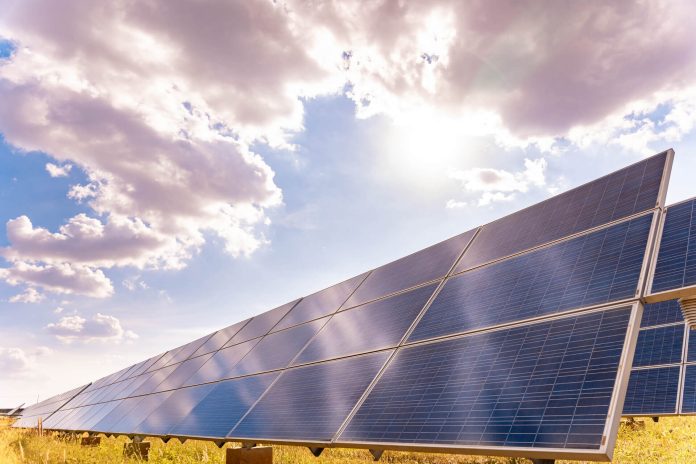India’s solar photovoltaic (PV) product exports surged dramatically, increasing twenty-three times from fiscal year (FY) 2022 to reach $2 billion in FY2024, according to a report by the Institute for Energy Economics and Financial Analysis (IEEFA) and JMK Research & Analytics.
The shift marks India’s remarkable transition from being a net importer to a net exporter of solar PV products, signaling a major milestone in its clean energy journey.
Growing Export Demand
The increase in Indian PV exports is largely driven by global shifts in supply chains.
Many countries are now viewing India as a strategic “China Plus One” alternative, looking beyond Chinese suppliers to diversify their sources.
Additionally, Indian PV manufacturers are capitalizing on opportunities abroad, where they can often sell products at a higher premium.
Key Market
The United States has become the leading market for Indian solar PV products, absorbing over 97% of India’s solar exports in both FY2023 and FY2024.
This robust demand from the US offers Indian manufacturers exposure to a large, competitive market, which, according to Vibhuti Garg, Director for South Asia at IEEFA, will help them attain economies of scale and improve product quality and competitiveness.
“By focusing on the US market, Indian PV manufacturers stand to benefit significantly, enhancing the quality and competitiveness of their products,” noted Garg.
Upstream Integration
To establish India as a long-term global manufacturing hub, the report highlights the importance of upstream backward integration for Indian PV manufacturers.
This strategy will strengthen India’s foothold in existing markets and open doors to potential markets across Europe, Africa, and Latin America.
Balancing Export Growth
The report emphasizes the importance of balancing export growth with domestic availability.
Jyoti Gulia, Founder of JMK Research, warns that export demands may strain the supply for domestic sectors. This is particularly concerning for distributed renewable energy segments like residential rooftop solar.
Smaller order sizes make it challenging for developers in this segment to secure sufficient supplies. This can lead to higher prices for residential projects.
Production Forecasts
The report projects India’s PV module production to reach 28 gigawatts (GW) in FY2025 and 35 GW in FY2026.
However, with exports expected to consume a significant portion of these supplies, the domestic market may face shortfalls.
The projection shows that Indian manufacturers will supply only 21 GW to the local market in FY2025. In FY2026, they will supply 25 GW. This supply falls short of the 30 GW per year needed to meet India’s renewable energy targets by 2030.
A Balanced Approach
IEEFA’s report suggests that a multi-faceted approach, balancing export ambitions with domestic needs, will best support India’s renewable energy goals.
“India stands on the verge of an energy transition revolution, with solar PV technology as a critical enabler,” noted Garg.
As reported by zeenews.india.com, by simultaneously growing as a credible alternative to Chinese origin PV products and securing sufficient domestic supplies, India is well-positioned to advance its clean energy objectives.
































